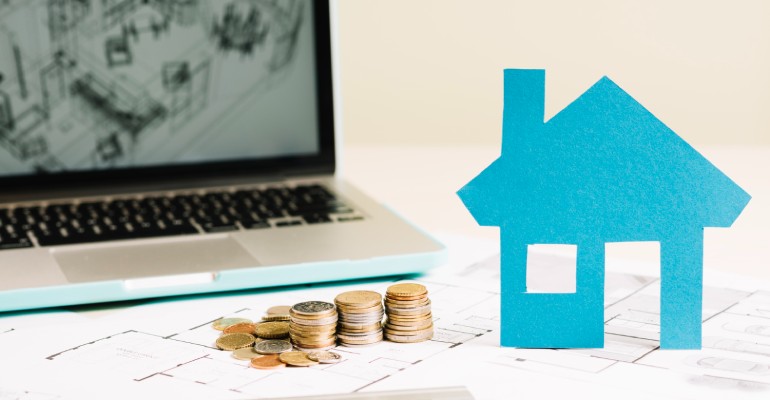What is Equity?
Equity refers to the portion of a property that is owned by the homeowner. It is the difference between the current market value of the property and the amount of any outstanding loans or mortgages secured against the property.
Simple formula to understand home equity is Value -Debt. For example, if a homeowner’s property is valued at $1,000,000 and they owe $600,000 on their mortgage, their equity in the property is $400,000 ($1,000,000 – $600,000 = $400,000).
Why is Equity Important?
Equity is important because building equity in your home gives you more refinancing options in the future. It also represents the value that a homeowner has built up in their property over time. It can be used as collateral for loans, such as home equity loans or lines of credit. Homeowners can also use their equity to fund other expenses, such as home improvements, education expenses, or to consolidate high-interest debt.
In addition, equity can also be an important factor when selling a property. The more equity a homeowner has in their property, the more money they are likely to receive when they sell. Overall, equity can be an important asset for homeowners and can provide financial flexibility and security.
However, it’s important to carefully consider the risks and potential costs associated with using your equity for other expenses, such as taking out additional loans or refinancing your mortgage.
How to get Equity Out?
There are a few different ways to access the equity in your property in Australia, including:
- Home equity loan or line of credit: This is a loan that allows you to borrow against the equity in your home. With a home equity loan, you receive a lump sum payment, while a line of credit provides you with a revolving credit line that you can draw on as needed.
- Refinancing your mortgage: If you have built up equity in your home, you may be able to refinance your mortgage for a higher amount and use the extra funds for other expenses.
- Reverse mortgage: This is a loan that allows homeowners over the age of 60 to access the equity in their home without having to sell or move out. With a reverse mortgage, the homeowner receives regular payments from the lender, which are based on the value of their home.
The process for accessing equity in your property will depend on the specific method you choose. In general, you will need to: - Determine how much equity you have in your property by subtracting the amount you owe on your mortgage from the current market value of your home.
- Determine how much you need to borrow and what type of loan or credit facility is best suited to your needs.
- Apply for the loan or credit facility with a lender or mortgage broker. You will need to provide documentation such as proof of income, employment history, and information about your property.
- If approved, the lender will provide you with the funds you need. You will then need to make regular repayments on the loan or credit facility, as well as any associated fees or charges.

